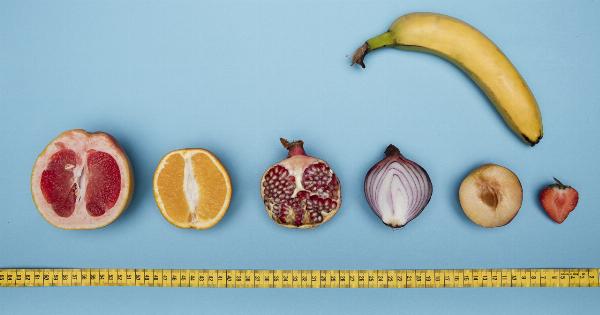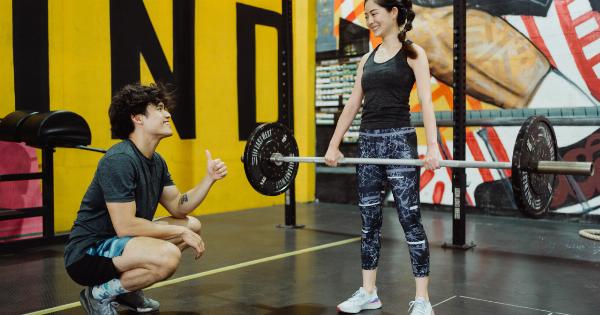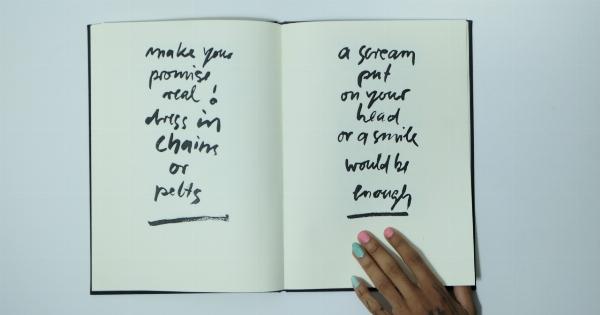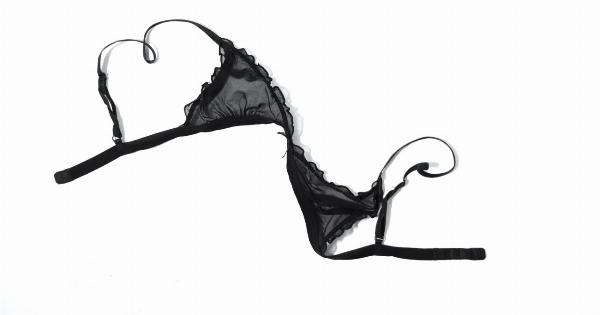For years, the female G spot has been a mystery for both men and women. Many mythologies surround this elusive erogenous zone, making it even more challenging to locate and stimulate.
Similarly, the CUV factor also remains a mystery, even though it is essential in female sexual anatomy. In this article, we’ll uncover these myths and give factual information on how to locate and stimulate the G spot and the CUV factor.
What is the G spot?
The G spot, also known as the Grafenberg spot, is a highly sensitive area located in the lower vagina, around two inches inside the vagina on the upper wall.
It can be stimulated during intercourse or masturbation, leading to intense orgasms, especially when combined with clitoral stimulation.
Myths Surrounding the G Spot
Myth 1: Every Woman Has a G Spot
Contrary to popular belief, not every woman has a G spot. In fact, studies suggest that only 20-30% of women can achieve vaginal orgasm through stimulation of the G spot.
The majority of women need clitoral stimulation combined with G spot stimulation to reach orgasm.
Myth 2: The G Spot is a Single Spot
The G spot is not a single spot but an area filled with sensitive nerve endings. Therefore, it is known as the G zone rather than a single spot.
Different parts of the G zone may be more sensitive for some women, so it’s essential to explore and find the right spot that works for you.
Myth 3: The G Spot is Easy to Find
Finding the G spot can be a daunting task, especially for individuals not familiar with female anatomy. The G spot is internal and hidden, requiring a lot of patience and exploration to locate it.
Every woman’s body is different, and the G spot can be located in different areas and depths, making it a unique discovery for everyone.
How to Locate the G spot
The G spot is located on the upper wall of the vagina, almost two inches inside the vagina. The easiest way to locate it is by using your fingers. Here’s a step by step guide on how to locate the G spot:.
- Start by setting the mood and stimulation through foreplay. This will help you get aroused, lubricated, and ready for exploration.
- Insert your index or middle finger into the vagina, with your palm facing towards the front of your body.
- Curl your finger upwards towards your belly button, and gently apply pressure to the area.
- Feel for a spongy area, which is different from the other surrounding tissues. That’s the G zone!
- Once located, experiment with pressure and stimulation to see what works best for you.
The CUV Factor
The CUV factor stands for the clitourethrovaginal complex. It involves critical components that can affect a woman’s sexual response and experience, including the clitoris, urethra, and vagina.
Myths Surrounding the CUV Factor
Myth 1: The Clitoris is Only for Sexual Pleasure
The clitoris is not just for sexual pleasure; it is a critical component of the CUV factor. It extends far beyond what is visible and has over 8,000 nerve endings, making it one of the most sensitive organs in the female body.
It connects to the urethra and the G spot, playing a crucial role in sexual function.
Myth 2: The G Spot is a Separate Entity from the Clitoris
The G spot is not a separate entity from the clitoris but, instead, part of the CUV complex. Studies show that both the clitoris and the G spot stem from the same structure.
Therefore, stimulation of the clitoris indirectly affects the G spot and can lead to intense orgasms.
Myth 3: The CUV Factor is Only for Women’s Pleasure
The CUV factor is not only for women’s pleasure but also plays a crucial role in reproduction. The clitoris, urethra, and vagina work together to facilitate reproduction and sexual pleasure.
The vagina provides a canal for sperm to enter and travel to the fallopian tubes, while the clitoris and urethra facilitate arousal and sexual pleasure.
How to Stimulate the CUV Factor
Stimulating the CUV factor requires proper arousal and foreplay. Here’s how to stimulate the CUV complex:.
- Start with foreplay: Kiss, caress, and cuddle to get each other aroused.
- Stimulate the clitoris: The clitoris has over 8,000 nerve endings and is located just above the vaginal opening. Gently rub, caress, or use a sex toy to stimulate the clitoris.
- Explore the G spot: Use your fingers or a curved sex toy to explore the G spot, which is located around two inches inside the vagina towards the front of the body.
- Use deep thrusts: Once the G spot is located, deep thrusts can help stimulate the area and lead to intense orgasms.
Conclusion
Uncovering and dispelling myths around the G spot and the CUV factor is essential in enhancing sexual pleasure and experience. Remember, everyone’s body is different, and what works for you may not work for someone else.
Communication, practice, and patience are the key to unlocking the secrets of the CUV factor and the G spot.




























